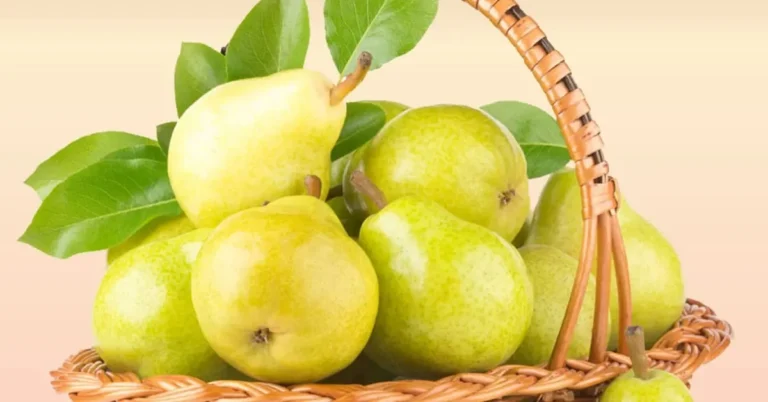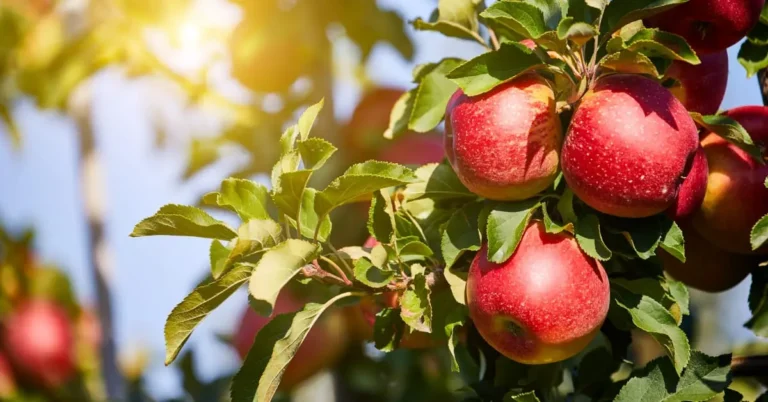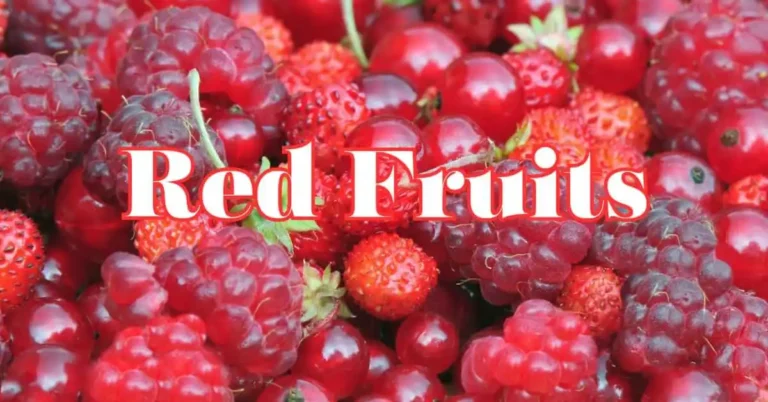List of Fruits that Start with E
Fruits are essential to our daily diet, providing many nutrients and vitamins. Each fruit has a unique taste and health benefits, from an apple’s bite to a pineapple’s juicy sweetness.
While we may be familiar with many common fruits such as apples, bananas, and oranges, some fruits start with E that are not as well-known. In this article, we will explore more than 16 fruits that start with E, their health benefits, and some interesting facts about them.
16 Fruits That Start With E:
Here’s a list of fruits that start with E.
1. Elderberries
Elderberries are small, dark purple berries that grow on a shrub-like tree. They are native to Europe and North America and have been used for centuries for medicinal purposes. Elderberries are rich in antioxidants, vitamin C, and fiber, all essential for a healthy body. Consuming elderberries has been linked to boosting the immune system, aiding digestion, and improving heart health. They can be eaten raw but are often cooked into pies, jams, and syrups.
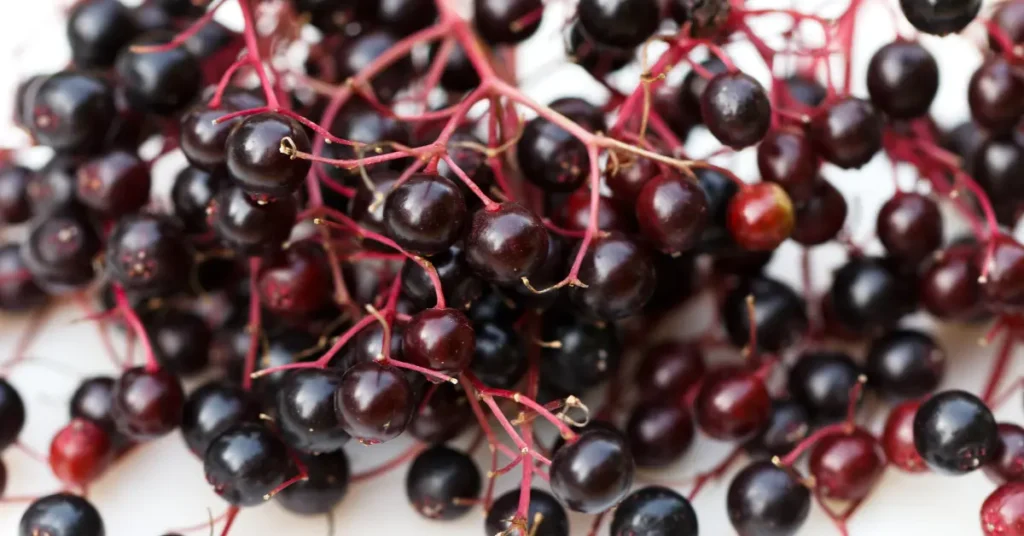
2. Eggplant
Eggplants, or aubergines, are a fruit commonly used as a vegetable in cooking. They are a nightshade family member and come in various shapes, sizes, and colors. Eggplants are a good source of vitamins and minerals, including potassium, magnesium, and vitamin C.
They are also rich in antioxidants and dietary fiber, which may help with weight management and reduce the risk of heart disease. Eggplants can be roasted, grilled, or fried and are a popular ingredient in dishes such as ratatouille and baba ghanoush.
3. Eggfruit
Eggfruit, also known as canistel or yellow sapote, is a tropical fruit native to Central America and the Caribbean. It is a medium-sized fruit with a smooth, brown skin and a bright orange flesh. Eggfruit is a good source of vitamins A and C, calcium, and iron. It is often consumed raw or used in various dishes, such as soups, smoothies, and desserts.
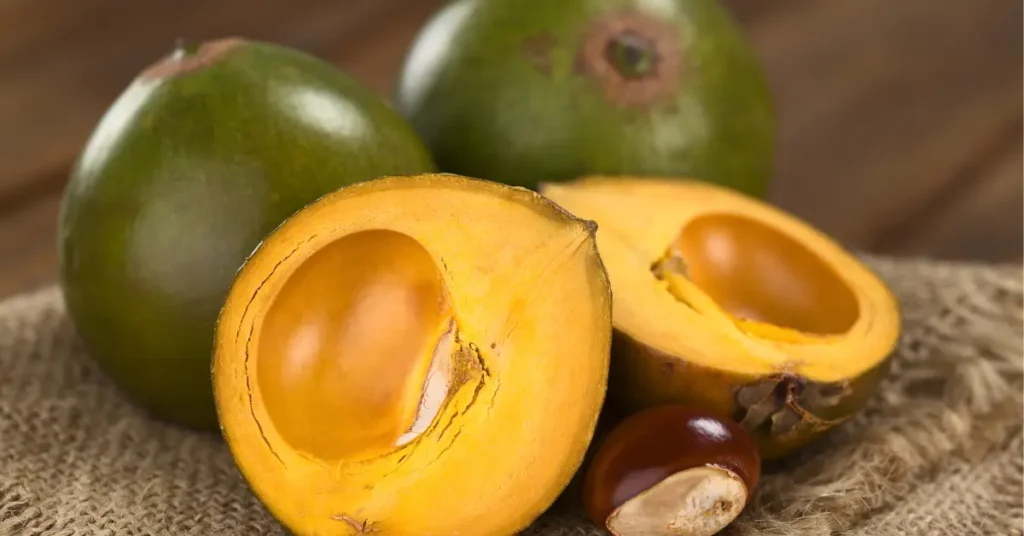
4. Endive
Endive is a leafy green vegetable that is part of the chicory family. It has a slightly bitter taste and is often used in salads and appetizers. Endive is a good source of antioxidants, vitamin C, and fiber and has been linked to improving digestion and boosting the immune system. It can be eaten raw or cooked and is commonly used in French and Belgian cuisine.
5. Elephant Apple
Native to Southeast Asia, the elephant apple is often used in traditional medicine. It is a large, green fruit with a tough outer skin and a tart, slightly sweet flesh. Elephant apples are rich in vitamins and minerals, including vitamin C, potassium, and iron. They are often used in chutneys, pickles, and curries.
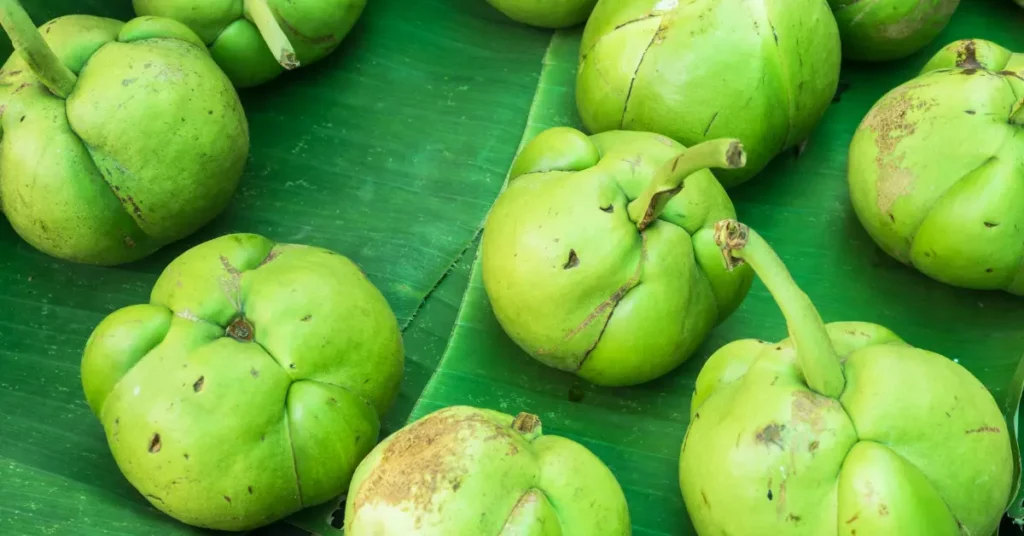
6. Elder Mallow
Elder mallow, also known as wood mallow, is a flowering plant that produces small, round fruits that resemble berries. It is native to the Mediterranean region and has been used for centuries for its medicinal properties. Elder mallow is rich in antioxidants and has been linked to reducing inflammation and supporting respiratory health. The fruits are often eaten raw or used in jams and jellies.
7. Emu Apple
The emu apple, also known as the desert raisin, is a small, round fruit native to Australia. It has a tart, slightly sweet taste and complex, brownish skin. Emu apples are a good source of vitamin C and have been used in Aboriginal medicine for centuries to treat various ailments. They are often eaten raw or used in desserts and sauces.
8. Euro Plum
The euro plum, or the Italian plum, is a fruit native to Europe and Asia. It is a small, oblong fruit with a purple skin and a sweet, juicy flesh. Euro plums are a good source of vitamins and minerals, including potassium, magnesium, and vitamins A and C. They are commonly used in jams, sauces, and desserts.

9. Earthnut Pea
The earthnut pea, or groundnut, is a legume that produces small, edible fruits. It is native to North America and was a staple food for Native American tribes. Earthnut peas are rich in protein, fiber, vitamins, and minerals. They are often consumed raw or roasted and used in soups and stews.
10. Edamame
Edamame is a green soybean commonly consumed as a snack in East Asian cuisine. It is a good source of protein, fiber, and various vitamins and minerals. Edamame is often boiled or steamed and commonly found in dishes such as sushi and stir-fries.
11. Egyptian Luffa
Egyptian luffa, also known as dishcloth gourd, is a type of gourd that produces long, cylindrical fruits. The fruits are often used in cooking, and the fibrous interior is commonly used as a natural sponge. Egyptian luffa is a good source of fiber and has been used in traditional medicine for its anti-inflammatory properties.

12. Elderberry Mountain
Elderberry mountain, also known as mountain ash, is a type of tree that produces small, dark purple berries. It is native to Europe and has been used in traditional medicine for centuries. Elderberry Mountain is rich in antioxidants and has been linked to boosting the immune system and reducing inflammation. The berries are often used in jams, syrups, and wines.
13. Elderberry Wellness
Elderberry wellness, also known as the European black elderberry, is a shrub that produces clusters of small, dark purple berries. It is native to Europe and has been used in traditional medicine for its immune-boosting properties. Elderberry wellness is rich in antioxidants, vitamins, and minerals and is often used to make juices, syrups, and supplements.
14. Emu Berry
The emu berry, or muntdy or native cranberry, is a small, red fruit native to Australia. It has a tart, slightly bitter taste and is rich in antioxidants and vitamins. Emu berries are often used in sauces, jams, and juices and have been used in traditional medicine for their anti-inflammatory properties.
15. European Black Currant
The European black currant is a shrub that produces small, dark purple berries commonly used in jams, jellies, and syrups. It is native to Europe and has been used in traditional medicine for centuries. European black currants are an excellent source of vitamin C and have been linked to improving immune function and reducing inflammation.
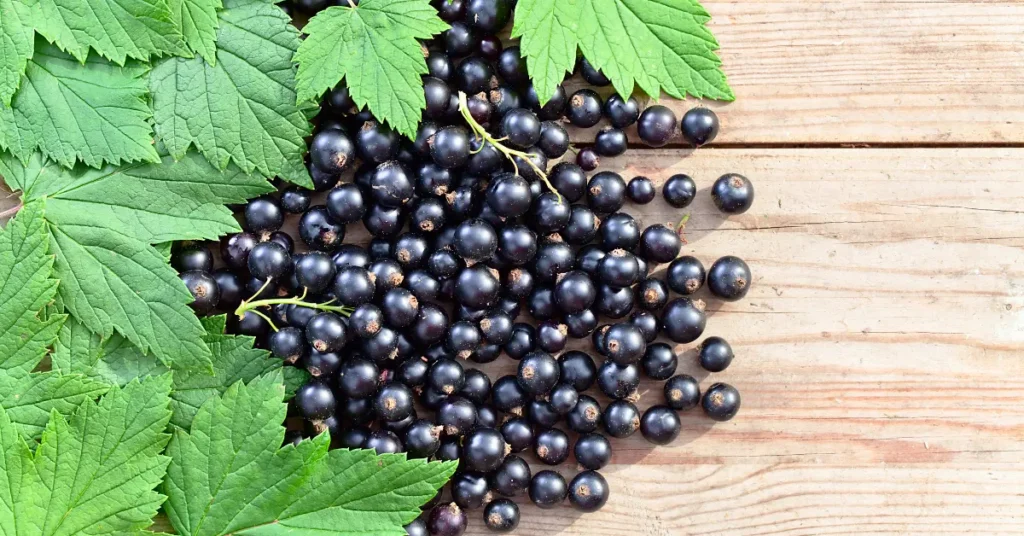
16. European Cranberry
The European cranberry, or lingonberry or cowberry, is a small, red fruit native to Europe. It has a tart, juicy taste and is often used in jams, sauces, and juice blends. European cranberries are a good source of antioxidants and have been linked to improving heart health and reducing inflammation.
Conclusion:
Fruits that start with E may not be the most commonly known, but they offer a range of health benefits and unique tastes. From the tartness of elderberries to the juiciness of emu apples, each fruit has its distinctive flavor and potential health benefits. Incorporating a variety of fruits into our diet is essential for maintaining a healthy lifestyle, so next time you are looking for a new addition to your fruit bowl, why not try one of these fruits that start with E?
FAQs:
1. Are eggplants a fruit or a vegetable?
Eggplants are technically a fruit but are commonly used as a vegetable in cooking.
2. What are the health benefits of elderberries?
Elderberries are rich in antioxidants and may help boost the immune system, aid in digestion, and improve heart health.
3. Can endives be eaten raw?
Yes, endive can be eaten raw or cooked.
4. How are elderberries commonly consumed?
Elderberries can be eaten raw but are often cooked into pies, jams, and syrups.
5. Are edamame beans a good source of protein?
Yes, edamame beans are a good source of protein and other nutrients.


